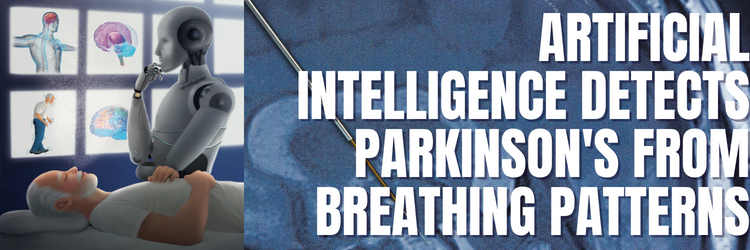Artificial Intelligence Detects Parkinson’s from Breathing Patterns
MIT developed a device that uses a neural network to discern the presence and severity of one of the fastest-growing neurological diseases in the world—Parkinson’s. It is the second-most common neurological disorder after Alzheimer’s disease. In the United States alone, it afflicts over 1 million people and has an annual economic burden of $51.9 billion. The research team tested their algorithm on 7,687 individuals, including 757 Parkinson’s patients.
The neural network trained by MIT researchers assesses whether or not someone has Parkinson’s from their nocturnal breathing. There is no interaction with the device. The system extracts nocturnal breathing signals from a breathing belt worn by the subject or from radio signals that bounce off their body while asleep. It can also assess the severity of their disease.
Parkinson’s disease is challenging to diagnose as it relies primarily on the appearance of motor symptoms such as tremors, stiffness, and slowness. Still, these symptoms often appear several years after the disease’s onset.
The tool in question is a neural network, a series of connected algorithms that mimic the way a human brain works. The MIT researchers demonstrated that the network can assess patients every night while the person is at home, asleep, and without touching their body.

